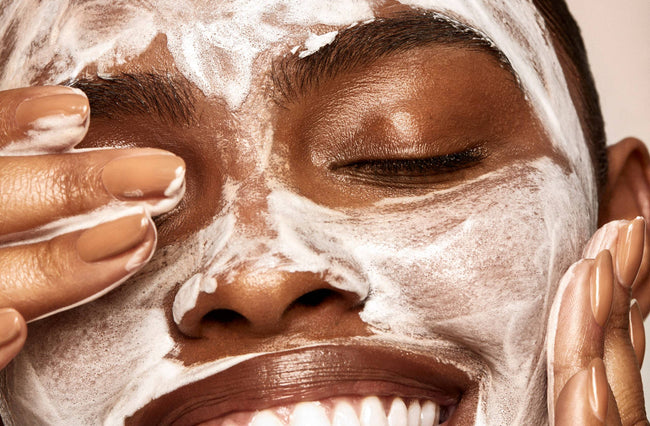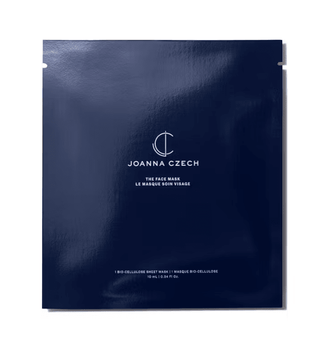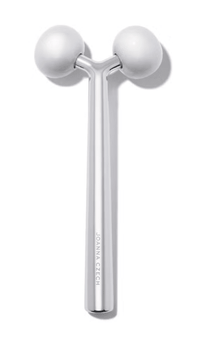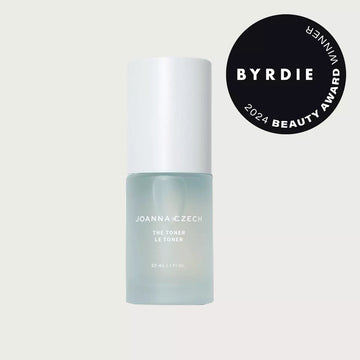To Scrub, Slough, or Chemically Dissolve? Experts Weigh In on the Ultimate Guide to Winter Exfoliation

If you’ve had a more intense urge to exfoliate your face during the pandemic you’re not alone: A recent report from NPD found that 40% of regular skin-care users in the U.S. are slathering on more products now than a year ago—and “basic care” picks, such as cleansers, exfoliators, and scrubs, have experienced the most significant jump in demand. On a practical level, this makes sense; mask-wearing can trap sweat and bacteria on skin, and exfoliating can help unclog congested pores. And with many spas closed, regular, skin-sloughing facials are out of reach for many of us. Yet there’s also a psychological factor at play too: As we vigorously wipe down surfaces and fiercely wage war on stealthy germs, there’s a certain mesmerizing appeal in peeling away the battle-worn outer layer of our skin to reveal the fresh, “clean” layer underneath.
Beta-hydroxy acids (BHAs) are oil-soluble and go deeper into the pores than AHAs to clear excess debris and sebum. Mattioli likes azelaic acid, such as The Ordinary’s Azelaic Acid Suspension 10%, as its high molecular-weight effectively kills bacteria while also reducing redness and swelling, making it gentle enough for treating acne and rosacea. Salicylic acid takes things up a notch, she says, penetrating deep into pores to unblock any congestion, even out skin tone, and smooth the surface. Paula’s Choice 2% BHA Liquid Exfoliant has a devoted following among skin-care junkies. Dallas- and NYC-based aesthetician Joanna Czech, meanwhile, is loyal to the cultish Biologique Recherche P50, which “comes in a variety of strengths,” she says, including a gentle P50W with salicylic acid, “so you can adjust accordingly to your sensitivity and skin conditions.”



